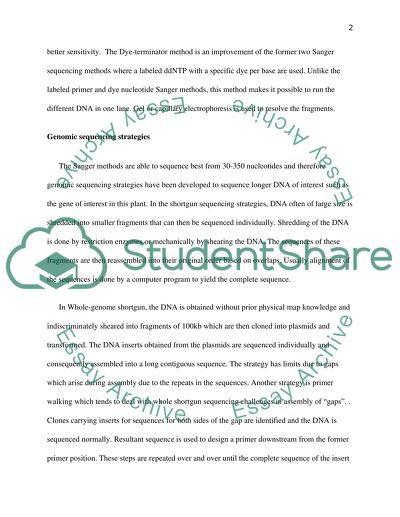Cite this document
(“DNA Sequencing Essay Example | Topics and Well Written Essays - 4000 words”, n.d.)
Retrieved from https://studentshare.org/biology/1392895-biotechnology
Retrieved from https://studentshare.org/biology/1392895-biotechnology
(DNA Sequencing Essay Example | Topics and Well Written Essays - 4000 Words)
https://studentshare.org/biology/1392895-biotechnology.
https://studentshare.org/biology/1392895-biotechnology.
“DNA Sequencing Essay Example | Topics and Well Written Essays - 4000 Words”, n.d. https://studentshare.org/biology/1392895-biotechnology.


